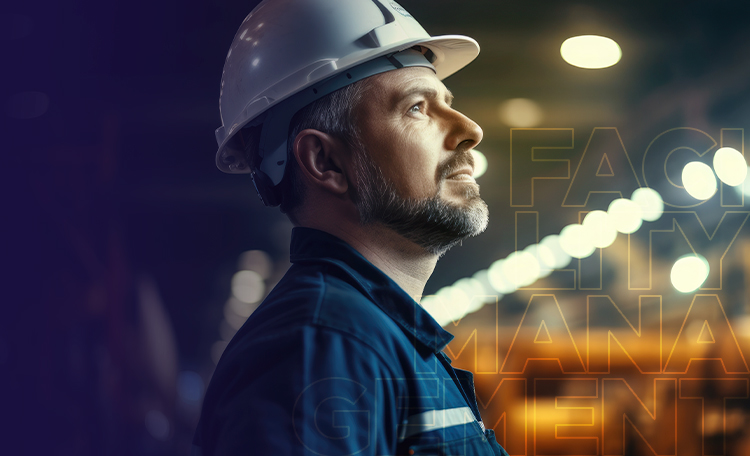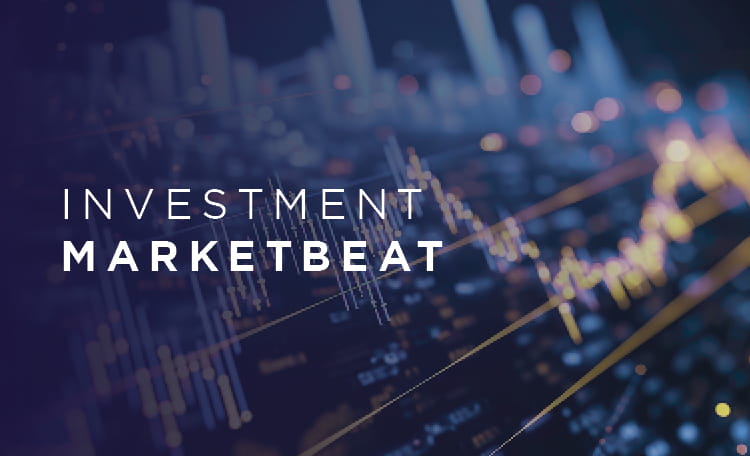
Insights
Most Recent

Article • Investment / Capital Markets
São Paulo office market: premium regions drive demand in new areas
Every quarter, Cushman & Wakefield publishes its Office MarketBeat, a report that presents updated numbers and insights on the São Paulo office market.

Article • Sustainability / ESG
Fitwel and WELL certification and synergy with workplace
The integration between workplace strategies and Fitwel and WELL certification, focused on health and well-being, represents an innovative approach to creating healthier, more productive and sustainable corporate environments.
Article • Sustainability / ESG
Diego Batista • 9/29/2025
Article • Coworking
Renato Almeida • 9/8/2025
Workplace
Research • Workplace
Global Flexible Office Trends 2025
Article • Workplace
Paulo Sampaio • 6/6/2025
Article • Workplace
Renato Almeida • 4/23/2025
Logistics

Article • Supply Chain
Logistics properties management: challenges and opportunities
The management of logistics condominiums involves a series of responsibilities. From efficient property management to infrastructure maintenance, we will explore the main challenges and opportunities in managing these projects.

Insights • Supply Chain
Strength Through Diversification: Opportunities Across Asia Pacific
Article • Supply Chain
4/26/2023
Article • Supply Chain
Stela Hirata • 3/24/2023
Office
Research • Workplace
Global Flexible Office Trends 2025
Article • Workplace
Paulo Sampaio • 6/6/2025
Article • Workplace
Renato Almeida • 4/23/2025
Coworking

Article • Coworking
Flexible office spaces are redefining how companies approach local work strategies in 2025.

Insights • Coworking
The Changing Role of Coworking in the Workplace Ecosystem
Our Community

Research
Research
Article • Investment / Capital Markets
Dennys Andrade • 11/14/2025
Technology
Research • Technology
Asia Pacific Data Centre Investment Landscape
Insights • Technology
Asia Pacific Data Centre Construction Cost Guide
Article • Technology
Dennys Andrade • 9/10/2024
Insights in your inbox
Current Marketbeats
FEATURED ARTICLES

Article • Investment / Capital Markets
São Paulo office market: premium regions drive demand in new areas
Every quarter, Cushman & Wakefield publishes its Office MarketBeat, a report that presents updated numbers and insights on the São Paulo office market.

Article • Sustainability / ESG
Fitwel and WELL certification and synergy with workplace
The integration between workplace strategies and Fitwel and WELL certification, focused on health and well-being, represents an innovative approach to creating healthier, more productive and sustainable corporate environments.

Article • Facilities Management
facility management implementation

Article • Workplace
Commercial slab x Corporate slab






















